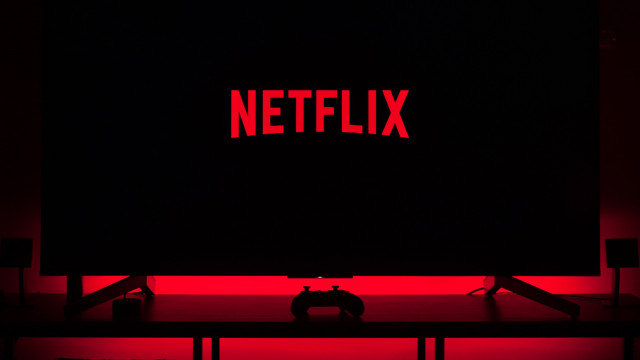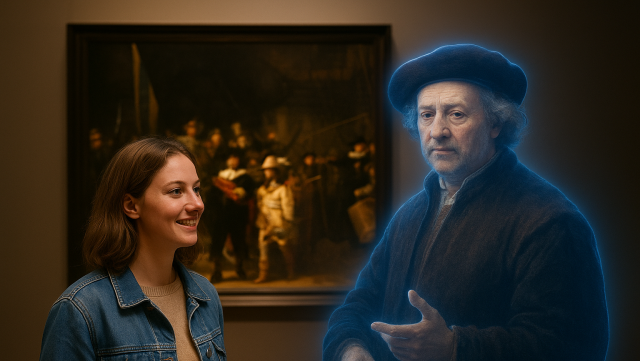
What is a sound logo?
What is a Sound Logo?
It's Sunday night. You’re huddled up on your couch in front of the TV and decide to watch a movie. You’re on Netflix and have found the movie you wanted, but before the movie starts the Netflix logo shows up. But not only that, if you were to close your eyes you would still know which platform you're watching (and not just because you went to Netflix to watch a movie). The unmistakable sound of a Netflix original is instantly recognizable. A prime example of a good sound logo, and now we’ll discuss why those are important.
There are various ways we “absorb” information about companies, brands, people and projects. Many companies use logos as a first visual impression on the consumer. It is supposed to be one of the most recognizable parts of a brand. Even personal portfolios will often have a logo. But for a lot of people, they only think of the visual parts of a logo; how it is shaped, what colors it has, what it means. In your life you have probably seen logos thousands of times, all around you. But logos do not only need to be visual, if you connect a jingle, tune or sound to a logo, you suddenly have both visual and audible cues to remember your brand.
Having a distinct tune connected to your brand and logo is in essence what a sound logo is. It adds another dimension whereas now you don’t even need to be seen to be recognized, people only need to hear you. A well-made sound logo can make people think of your brand even when hearing only a similar tune.
There are already brands who have instantly recognizable sound logos. You hear the jingle, and you connect it to the brand. As mentioned earlier, Netflix, but also one of the most famous sound logos out there: McDonald’s “da-da da da dah, im lovin’ it”. You probably didn’t even need to hear it played out for you to be able to sing it yourself. And that’s the power of a sound logo.
Sound is many times stronger than any type of visual media. Its potential is limitless, and countless audiences are yet to be reached. Sadly, the number of brands that opt for stock sound is increasing (We at Fine Tune Audio think it’s sad at least). That’s because stock sound is often mistaken as the “safe” alternative to a custom sound logo. Unique sound logos are also seen as an exorbitant luxury, a privilege reserved for only the biggest companies and international brands. Furthermore, potential difficult licensing issues scare many brands away: Why choose something unique when you can be safe with something tepid and bland?
Time and time again we hear brands use the same type of old-fashioned stock music and lackluster sound logos. This makes for a perfectly forgettable sonic experience and an audience that is oblivious to your brand. All while the footprint of sonic media is increasing and audiences are increasingly reliant on sound!
We at Fine Tune Audio are especially interested in this because we also run Soundlogo.Shop where we have tried to make it easier for everyone to find a unique and authentic sound logo. We know the difference it can make, how it can change an impression of a brand and how much more recognizable a brand becomes when it has audio associated with it.
So, as a company, brand, or project group, whatever it is, consider the difference a sound logo can make for you.
We talked talked a lot about brands and companies here, but remember that the same ideas count for personal projects, organizations, groups or just your own portfolio. Find out how your brand or project sounds, and see how it instantly adds another dimension to how it’s experienced. And if you need a good reason, think of McDonald’s or Netflix and see how far they’ve gotten.


